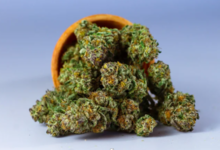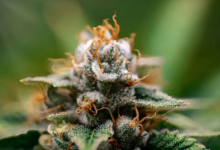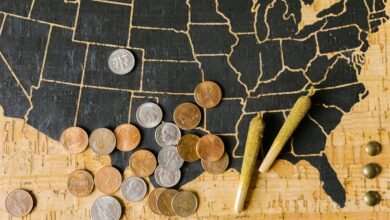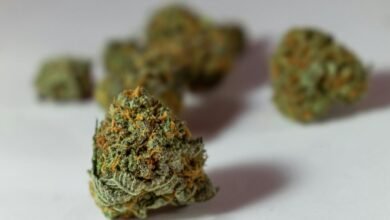How to Read and Understand Cannabis Product Labels Easily
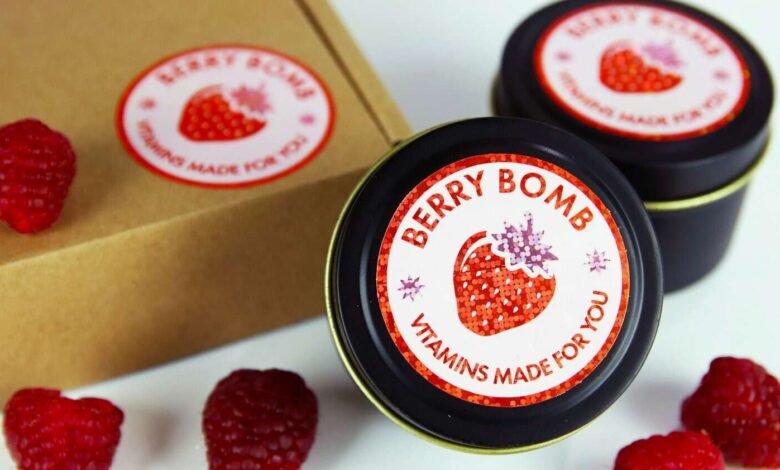
Have you ever stood in a dispensary, staring at a wall of products, and felt totally lost? The packaging is covered in numbers, symbols, and words that might as well be a different language. You are not alone and figuring out how to read and understand cannabis product labels can feel like a real chore.
It does not have to be so confusing, though. Think of it like reading the nutrition facts at the grocery store; the information is there to help you make a good choice. Learning how to read cannabis labels gives you the power to find exactly what you are looking for, ensuring a better cannabis experience.
Why Bother Reading the Label?
You might wonder if it is really worth the effort to look at all that tiny print. The answer is a definite yes, as reading the dispensary label helps you control your experience. You get to decide the potency and potential effects you want, whether you are using it for recreation, pain relief, or to support your mental health.
It is also about getting what you pay for, as a detailed label shows that a brand is transparent about its products. This builds trust and lets you know you are buying something that is clean, safe, and accurately described. Ultimately, a good label helps you find the legal cannabis product you will love again and again.
Once you know what to look for, you can spot the terpenes and cannabinoid profiles that work best for you. This makes every trip to the dispensary faster, easier, and much more successful. Proper labeling is a cornerstone of the legal cannabis market, offering consumer protections you would not find otherwise.
Your Guide on How to Read and Understand Cannabis Product Labels
Let’s break down what you will find on typical cannabis labels. It might seem like a lot at first, but each piece of information has a purpose. We will go through it section by section, so you will know exactly what everything means.
The Basics: Product and Brand Name
This is the easiest part to spot and serves as a key brand element. The label will clearly state the product brand that produced the item and the name of the product itself. The product name often includes the strain name, like Blue Dream or OG Kush.
Strain names can give you a clue about the potential effects of the strain you’re using. While not a perfect system, strains are generally categorized as indica, sativa, or hybrid strains. Traditionally, indicas are associated with relaxing effects, sativas with energizing effects, and hybrids offer a balance of the two.
The brand itself can tell you a lot. Some brands focus on specific extraction methods, organic growing practices, or even social equity initiatives. A quick search of the product brand online can provide valuable context about their values and quality standards.
Potency: Decoding Cannabinoid Content
This section is where most of the numbers are, and it is arguably the most important because it details the THC content and CBD content. It tells you how strong the product is, allowing you to manage your dose effectively. You will see two main cannabinoids listed: THC and CBD.
THC (tetrahydrocannabinol) is the compound primarily responsible for the intoxicating effects associated with cannabis. CBD (cannabidiol) is non-intoxicating and is often used for its potential wellness benefits. The label will show the amount of these cannabinoids in percentages or milligrams.
You might also see THCA and CBDA, which stands for tetrahydrocannabinolic acid and cannabidiolic acid. These are the raw, inactive forms of THC and CBD found in the plant. Heat from smoking, vaping, or cooking converts them into their active forms through a process called decarboxylation, resulting in activated THC and activated CBD.
Some labels list the Total THC or THC total, which is a calculated value combining the activated THC and the potential THC from THCA. This gives you a better idea of the final potency after heating. The same applies to Total CBD, which combines CBD and CBDA for a full picture of the CBD product’s strength.
Understanding Warnings and Symbols
Regulated markets have specific labeling requirements to protect consumers. This often includes a health warning message about the potential risks of cannabis use. These warning labels are typically prominent on the packaging.
Another common feature is the standardized cannabis symbol. This is a universal icon, often required by state or provincial law, that clearly identifies a product as containing THC. Its purpose is to prevent accidental ingestion, especially by children.
Regulations from bodies like Health Canada or individual state health services dictate the placement and size of these warnings. They serve as a quick visual cue that the product contains cannabis. Always take note of any health warning on the package.
Conclusion
It might seem like a lot to remember at first, but with a little practice, it all becomes second nature. Looking at the cannabinoid and terpene profiles, checking the dates, and confirming the lab tests will help you make choices you feel good about. Having this knowledge transforms shopping from a confusing chore into an exciting exploration of what works for you.
Being able to read and understand cannabis product labels puts you in control of your experience. You can choose products that align with your goals, whether it is relaxation, creativity, or relief. That is a powerful thing.

